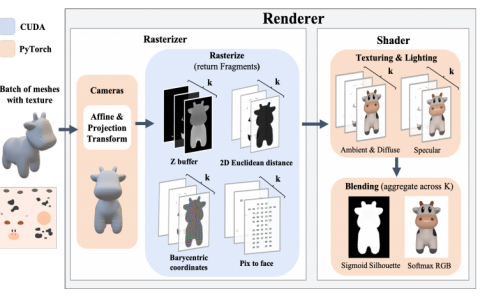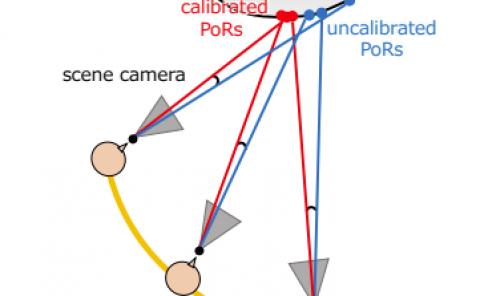Multiple Resource Allocation in Multi-Tenant Edge Computing via Sub-modular Optimization
PubDate: Feb 2023
Teams: Institut Polytechnique de Paris
Writers: Ayoub Ben-Ameur, Andrea Araldo, Tijani Chahed
PDF: Multiple Resource Allocation in Multi-Tenant Edge Computing via Sub-modular Optimization

Abstract
Edge Computing (EC) allows users to access computing resources at the network frontier, which paves the way for deploying delay-sensitive applications such as Mobile Augmented Reality (MAR). Under the EC paradigm, MAR users connect to the EC server, open sessions and send continuously frames to be processed. The EC server sends back virtual information to enhance the human perception of the world by merging it with the real environment. Resource allocation arises as a critical challenge when several MAR Service Providers (SPs) compete for limited resources at the edge of the network. In this paper, we consider EC in a multi-tenant environment where the resource owner, i.e., the Network Operator (NO), virtualizes the resources and lets SPs run their services using the allocated slice of resources. Indeed, for MAR applications, we focus on two specific resources: CPU and RAM, deployed in some edge node, e.g., a central office. We study the decision of the NO about how to partition these resources among several SPs. We model the arrival and service dynamics of users belonging to different SPs using Erlang queuing model and show that under perfect information, the interaction between the NO and SPs can be formulated as a sub-modular maximization problem under multiple Knapsack constraints. To solve the problem, we use an approximation algorithm, guaranteeing a bounded gap with respect to the optimal theoretical solution. Our numerical results show that the proposed algorithm outperforms baseline proportional allocation in terms of the number of sessions accommodated at the edge for each SP.



